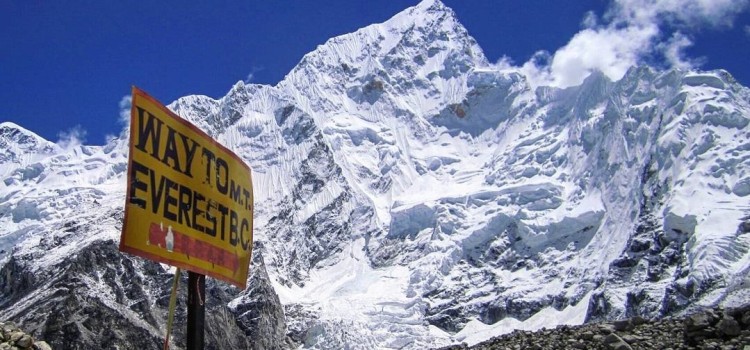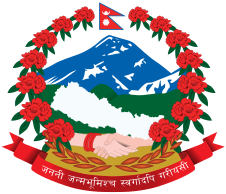How long to trek to Everest Base Camp

It aptly describes one of the most gratifying hikes on Earth, to the base of the highest mountain on the planet. Still, one of the most commonly asked questions we get is, "How long does it take to trek to Everest Base Camp?" This will be based on the route, days scheduled for acclimatization, physical condition, and traveling style. Therefore, this article discusses the average trekking duration, key factors that can affect this timeline, and safety precautions in order to make the journey a memorable one.
Average Duration of the Everest Base Camp Trek
Most standard itineraries average a 12- to 14-day round trip for trekkers from Lukla to the EBC. Eight days of travel to the base camp and 3 or 4 for returning: a number which also includes two acclimatization days spent mostly in Namche Bazaar and Dingboche and is very important to avoid altitude sickness.
So, how long does it take to trek to Everest Base Camp comfortably without rushing? Fourteen days should do it, factoring in both buffer days and sufficient rest days. Some customized itineraries can extend to 16 or more days, especially if you would like to visit neighboring areas like the Gokyo Lakes or add on some side hikes for better acclimatization.
Sample Itinerary: Classic Everest Base Camp Route
Below is a well-known 14-day trekking route:
Day 1: Fly to Lukla (2,860m) & trek to Phakding (2,610m)
Day 2: Trek to Namche Bazaar (3,440m)
Day 3: Acclimatization day at Namche
Day 4: Trek to Tengboche (3,860m)
Day 5: Hike to Dingboche (4,410m)
Day 6: Acclimatization day at Dingboche
Day 7: Hike to Lobuche (4,910m)
Day 8: Gorak Shep (5,164m) hike & Everest Base Camp (5,364m) visit
Day 9: Kala Patthar trek (5,545m) & return to Pheriche
Day 10–13: Return hike to Lukla
Day 14: Return flight to Kathmandu
This is a safe pace in relation to enjoying the stunning Himalayan views. It is not just a question of distance when planning how many days to trek to the Everest Base Camp, but letting your body acclimatize to the altitude.
Factors That Determine Trek Duration
Acclimatization Needs: The more you ascend, the more slowly you must ascend. Skipping acclimatization days will conserve trek time but expose you to a greater risk of acute mountain sickness (AMS).
Physical Condition: Since you are physically fit, you might be able to shorten the hike. But even fit trekkers must not rush.
Weather and season: Winter or monsoon can bring bad trail conditions to a standstill along the trek. Spring and autumn seasons have more predictable weather, and it is easier to stay on schedule.
Group vs. Private Trek: Private treks are customizable, while group treks are on fixed itineraries.
Helicopter Return Options: Do you prefer a shorter trek? A few trekkers trek up and return by helicopter in 9–10 days.
Is There a Shorter Trek Possible? Yes, if you are wondering how long it takes to trek to Everest Base Camp, if you don't have much time, you can do the trek in 9–10 days by flying to Lukla and back by helicopter from Gorak Shep or Pheriche. It is more costly and should still involve good acclimatization.
Final Thoughts
Therefore, how long it takes to trek to Everest Base Camp is all about your speed and what you prefer. The normal route is done by most trekkers in 12 to 14 days. Rushing it can affect your health as much as the experience. Whether you are an experienced trekker or a new adventure-seeker, having the right amount of time allotted is the key to a successful Himalayan trek. If you're planning this iconic journey, let us help you every step of the way with our local experts. Contact us today for bespoke itineraries and group joining.


.png)
.png)






